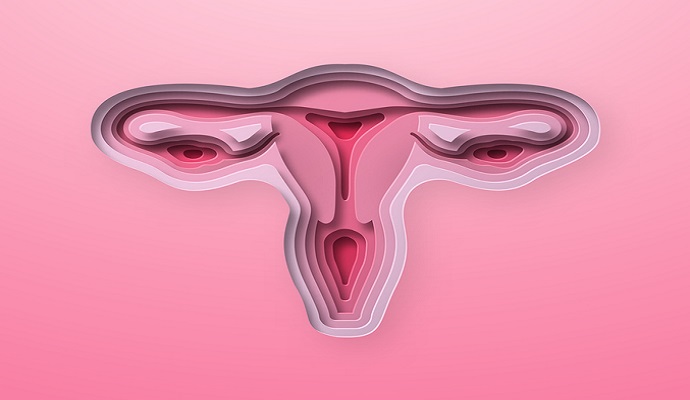Model Predicts Optimal Number of Embryos Needed for IVF, ARTs
Researchers have developed a prediction model to estimate the optimal number of oocytes needed in the attempt to fertilize during assisted reproductive technology treatments.

Source: Getty Images
- A study published in JAMA Network Open earlier this month details the development of a prediction model designed to estimate the optimal number of immature eggs, or oocytes, to attempt to fertilize during assisted reproductive technology (ART) treatments, such as in vitro fertilization (IVF).
According to the study, surplus cryopreserved embryos pose a challenge for IVF clinics and patients following the US Supreme Court decision to overturn Roe v. Wade in the 2022 Dobbs v. Jackson Women’s Health case. In a post-Roe world, some states may deem discarding surplus embryos illegal, which will significantly impact IVF practice, the researchers explained.
The IVF process generally comprises four main steps: ovulation induction, egg extraction, egg fertilization, and embryo implantation. During this process, embryologists must choose which embryos to implant, cryopreserve, or discard. Embryos deemed suitable for treatment are cryopreserved in case the initial embryo transfer cannot be carried to term, but the embryos that are considered unsuitable or are otherwise unused must be discarded.
The research team posited that an evidence-based prediction tool could help limit surplus embryo creation. They began developing a prediction model for determining how many oocytes should be exposed to sperm to create embryos, helping to conserve the chance of live birth while minimizing the number of unused embryos.
To build their tool, the researchers leveraged data from member clinics of the Society for Assisted Reproductive Technology (SART) Clinical Outcomes Reporting System between 2014 and 2019.
This dataset yielded information from 410,719 oocyte retrievals and 460,577 embryo transfer cycles from 311,237 patients aged 18 to 45 who initiated their first oocyte stimulation cycle between Jan. 1, 2014, and Dec. 31, 2019.
The algorithm used these data, along with patient age, anti-mullerian hormone level, diminished ovarian reserve diagnosis, number of oocytes retrieved, and the state where the clinic is located to measure outcomes and generate predictions based on the day of transfer, the proportion of retrieved oocytes that became useable fertilized eggs, or blastocysts, and the number of blastocysts needed for transfer for one live birth to occur.
The researchers found that the average age at the start of the stimulation cycle was 35, and the average number of oocytes retrieved was 10.
The likelihood of recommending that all oocytes be exposed to sperm increased with a patient’s age, the study shows. Overall, less than 20 percent of retrievals among patients younger than 32 years received recommendations that all oocytes be exposed to sperm, compared to more than 99 percent of retrievals among patients older than 42 years.
Among cycles in which it was recommended to expose fewer than all oocytes, the average numbers recommended for one live birth were seven oocytes for patients younger than 32 years, eight for patients 32 to 34 years, and nine for patients 35 to 37 years.
In 66.2 percent of cycles among patients younger than 38 years, fewer than all retrieved oocytes could be exposed to sperm to minimize the number of unused embryos while optimizing the probability of a live birth.
These findings suggest that the prediction model could reduce the number of unused embryos created, which may help address current concerns over the discarding of surplus embryos, the authors stated.
This is the latest effort to use AI to improve IVF and ART.
Last month, researchers at Weill Cornell Medicine developed an AI tool that can non-invasively identify IVF-derived embryos with aneuploidy, or an abnormal number of chromosomes, with about 70 percent accuracy.
Aneuploidy is a major factor contributing to whether an embryo fails to implant or results in a healthy pregnancy. Current methods for detecting the condition involve genetic testing and biopsy-like sampling of cells from an embryo, which is both invasive and costly for those undergoing IVF.
The algorithm builds on existing research in this area. It uses microscope images of embryos taken five days past fertilization, clinic staff’s scoring of embryo quality, maternal age, and other information that is usually gathered as part of the IVF process to enhance the use of preimplantation genetic testing for aneuploidy (PGT-A), a biopsy method used to obtain information about an embryo’s chromosomes.
By incorporating these additional data and AI, the tool may provide a method to decide which embryos should have PGT-A testing or whether to replace PGT-A altogether.
